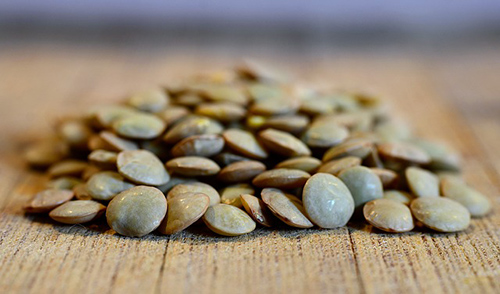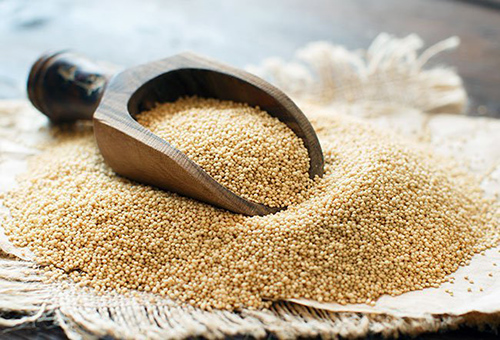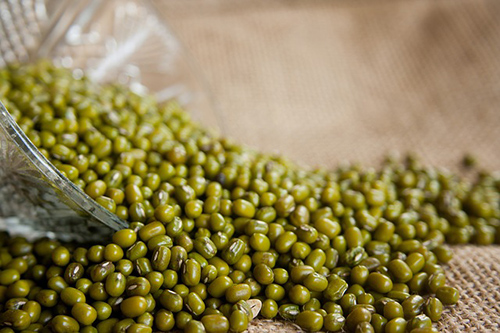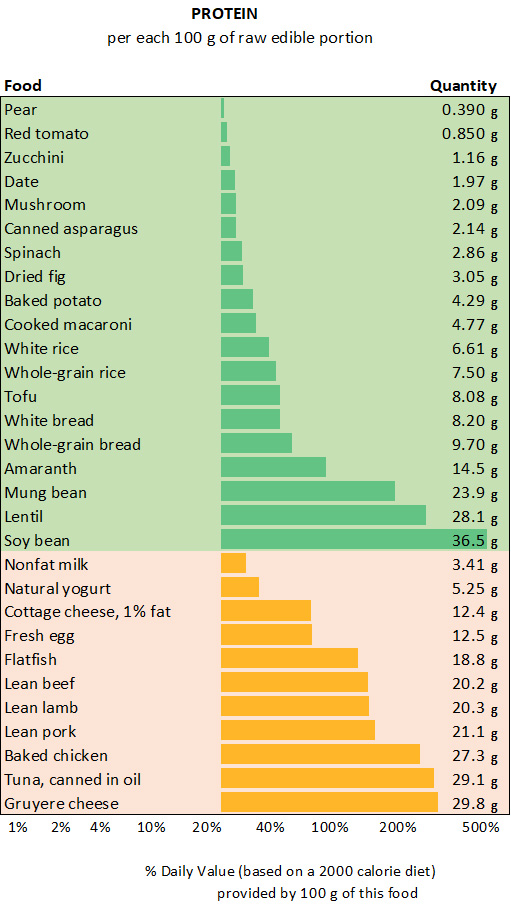Contents

Eating protein rich vegetarian foods is essential because it is a critical component of all cells. Both plants and animals are sources of this all-important amino acid. The cell uses part of the protein for its cell structure, while the remainder forms the enzymes on which the cell’s life processes depend. Except for milk and eggs, any time you eat plant or animal food, you consume tissue composed of cells. As your body digests these cells, its structural and functional proteins are released for your body’s use.

Twenty-two amino acids make up protein. Any one protein is a “string” of amino acids that might be compared to a written word. As letters of the alphabet can be organized in chains to make an infinite number of words, some short and others long, amino acids can be grouped in many ways to provide a limitless number of proteins. Carbohydrates, fats, and amino acids are all made from various carbon, oxygen, and hydrogen arrangements, but proteins also contain nitrogen and sulfur.
Chemical composition: Proteins are formed by the union of various amino acids (usually from 50 to 1000). Proteins differ from one another by the amino acids forming them and the order they are joined. The body requires amino acids to synthesize its proteins. These may be:
- Essential amino acids: The body cannot produce and must be supplied by foods. These are leucine, isoleucine, lysine, methionine, phenylalanine, threonine, tryptophan, valine, and, in children, histidine.
- Nonessential amino acids: These are those that the body can produce from other substances.
Protein Rich Food Sources

Protein sources: Both plant and animal foods contain proteins. These include the eight essential amino acids (nine for children). The difference is in the proportion in which these amino acids are found:
- Animal proteins: The proportion of the amino acids that form an animal protein is ideal for humans, particularly with the egg. Because of this, they are described as complete.
- Vegetable proteins: The proportion of amino acids of each type of vegetable protein is not ideal, except with legumes, which approximate it. However, these deficiencies are overcome by adequately combining two or more vegetable proteins in the same meal or within a few hours. Hence, vegetable proteins behave as complete proteins.
Function: The formation and maintenance of tissues, synthesis of antibodies (defense against infection), blood hemoglobin formation, production of enzymes, and energy production.

Protein deficiency symptoms: weakness, apathy, immunodepression (low disease resistance), edema, and liver failure.
Consequences of too much protein: renal and rheumatic disease, gout, and blood acidification.
Increased need: infancy and adolescence, trauma, and severe burns.
The body needs not a specific type of protein but rather amino acids, which are found in meat, milk, eggs, and vegetables.
The Best Protein-Rich Foods

Daily Value of Proteins
Average for adults: 50 g
There are two ways to calculate protein needs precisely:
- Based on body weight: for an adult, 0.75 g per kilo of weight (the ideal, not actual weight; 52.5 g for a 70 kg person); from 1 to 2 g per kilo of weight for children.
- Based on caloric intake, 10% (15% maximum) should come from proteins. For a 2000-calorie diet, this amounts to 50 grams of proteins.
DISCLAIMER: All content on this website is presented solely for educational and informational objectives. It would be best to not rely on the information provided as a replacement for advice, diagnosis, or treatment from a qualified medical expert. If you are pregnant, nursing, or have any preexisting medical concerns, you should talk to your doctor before using any herbal or natural medicines.
REFERENCES
- George D. Pamplona-Roger, M.D. “Encyclopedia of Foods and Their Healing Power.” George D. Pamplona-Roger, M.D. Encyclopedia of Foods and Their Healing Power. Trans. Annette Melgosa. Vol. 1. Chai Wan: Editorial Safeliz, 2005. 386. Print. [protein-rich foods]
- Hardinge, Mervyn G and Harold Shryock. “Family Medical Guide.” Hardinge, Mervyn G and Harold Shryock. Family Medical Guide. Ed. Marvin Moore and Bonnie Tyson-Flynn. Vol. one. Oshawa; Washington, D.C.; Hagerstown: Pacific Press Publishing Association; Review and Herald Publishing Association, 1999. Three vols. 98, 99. Print.[top protein-rich foods]
